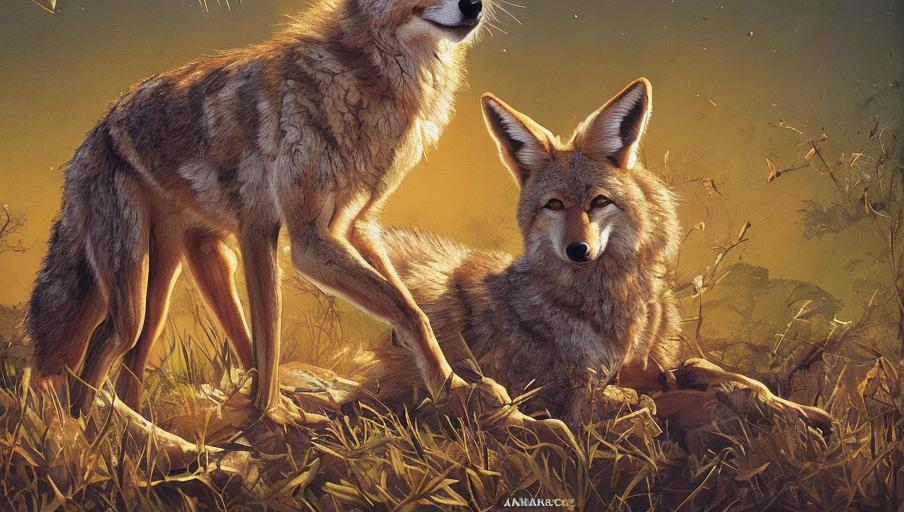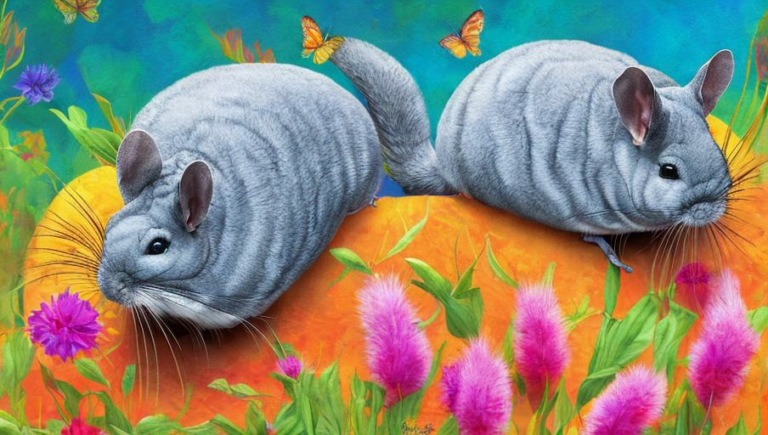Jabbering Coyotes: Exploring the Unique Language of Coyotes

Introduction
Coyotes are well-known for their howling and yipping, but did you know that they also have a complex language of their own? They are capable of making over 40 different sounds, and use these to communicate with each other about everything from food to territory. This article will explore the interesting language of coyotes, and how it helps them survive in the wild.
Vocalizations
Coyotes use a variety of vocalizations to communicate. These include howls, yips, barks, growls, and whines. They can also make a variety of facial expressions, such as wrinkling their noses or baring their teeth. When they howl, they often do so in a chorus with other coyotes. This is thought to help them communicate over long distances. They also use a variety of body language to communicate with each other, such as flicking their tails and leaning forward.
Types of Communication
Coyotes can use their vocalizations and body language to communicate different messages. For example, a howl can be used to warn other coyotes of danger, while a yip can be used to call a mate. Growls and whines indicate submission, while barks can be used to scare away predators. They can also use their facial expressions to convey a variety of messages, such as fear, aggression, or contentment.
Social Interaction
Coyotes use their language to communicate with each other during social interaction. They use facial expressions, body language, and vocalizations to convey their feelings and intentions. For example, they will often wag their tails to show joy or submission. They may also use yips or whines to ask for permission or show submission. Coyotes are also known to “play” with one another, using vocalizations and body language to communicate with each other during play.
Territorial Disputes
Coyotes also use their language to communicate during territorial disputes. They will howl and yip at each other and may even fight. This is usually done to establish dominance and protect their territory from intruders. Coyotes may also use their vocalizations to claim a territory and warn other coyotes to stay away.
Conclusion
Coyotes are fascinating creatures, and their language is just as fascinating. They use a variety of vocalizations and body language to communicate with each other, and their language is surprisingly complex. From howling to yipping, coyotes use their language to protect their territory, find mates, and express joy.





